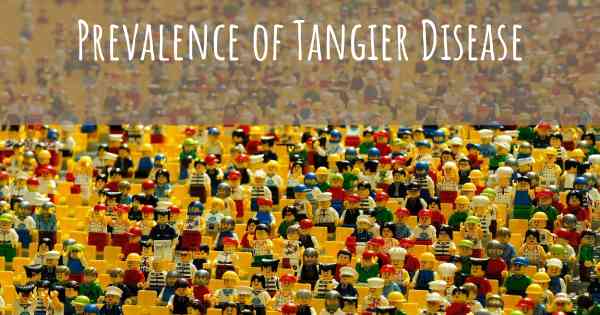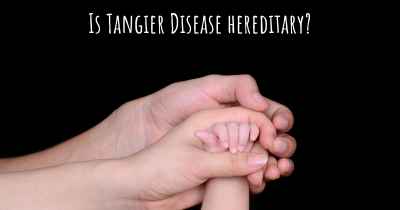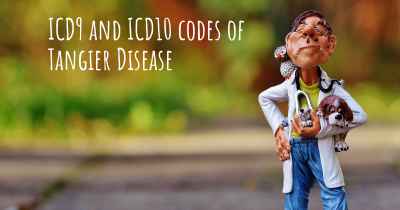What is the prevalence of Tangier Disease?
How many people does Tangier Disease affect? Does it have the same prevalence in men and women? And in the different countries?

Tangier Disease, also known as familial high-density lipoprotein deficiency, is an extremely rare genetic disorder characterized by the absence or malfunction of high-density lipoproteins (HDL) in the body. Due to its rarity, the prevalence of Tangier Disease is difficult to determine precisely. However, it is estimated to affect less than 1 in 1 million individuals worldwide. The condition is inherited in an autosomal recessive manner, meaning both parents must carry the mutated gene for a child to be affected. Tangier Disease is associated with various symptoms, including enlarged orange tonsils, hepatosplenomegaly, and peripheral neuropathy.
Tangier Disease, also known as Tangier's disease or familial high-density lipoprotein deficiency, is an extremely rare genetic disorder characterized by a deficiency or absence of high-density lipoproteins (HDL) in the blood. HDL is responsible for transporting cholesterol from the body's tissues to the liver for elimination, thus playing a crucial role in maintaining cardiovascular health.
The prevalence of Tangier Disease is exceptionally low, with only a few dozen cases reported worldwide. Due to its rarity, it is considered an orphan disease. The condition was first identified in the 1960s in Tangier Island, Virginia, hence its name. However, cases have since been reported in various parts of the world.
Tangier Disease is inherited in an autosomal recessive manner, meaning that both parents must carry a mutated gene for their child to be affected. The disorder is caused by mutations in the ABCA1 gene, which is responsible for producing a protein involved in the transport of cholesterol. Without functional ABCA1 proteins, HDL cannot be properly formed, leading to its deficiency in the bloodstream.
Although Tangier Disease is rare, its impact on affected individuals can be significant. The absence of HDL can result in the accumulation of cholesterol in various tissues, leading to enlarged organs, such as the liver and spleen. Additionally, individuals with Tangier Disease may experience peripheral neuropathy, which can cause weakness, numbness, and pain in the limbs.
While there is currently no cure for Tangier Disease, management focuses on symptom relief and reducing the risk of cardiovascular complications. This may involve dietary modifications, medications to control cholesterol levels, and regular monitoring of heart health.








